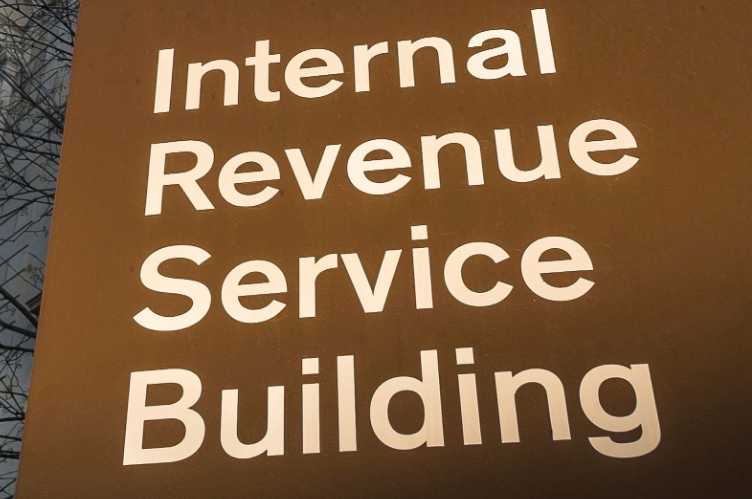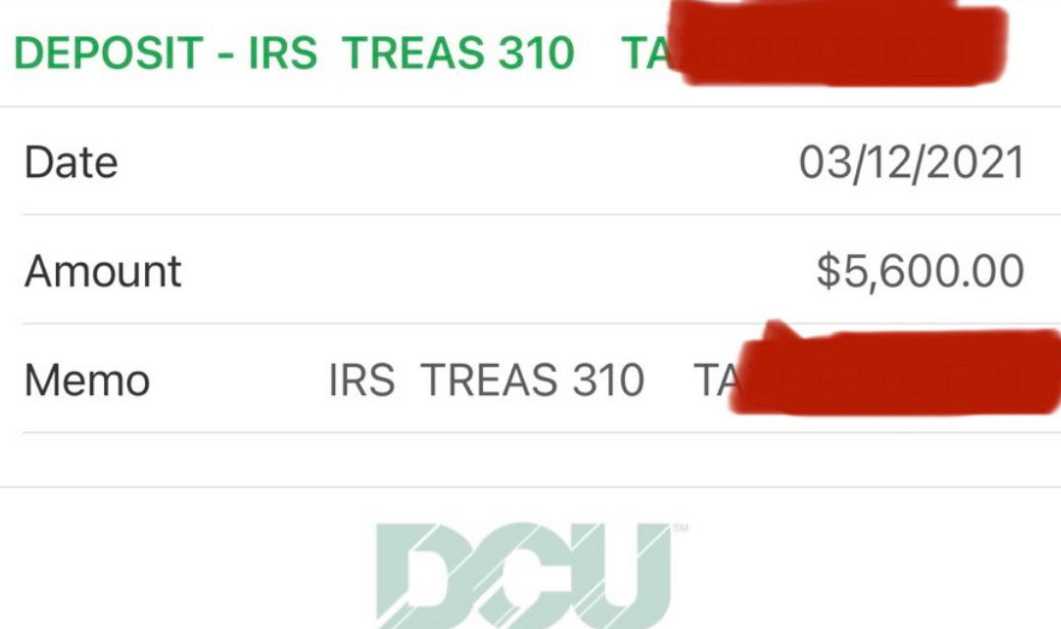WASHINGTON — The Internal Revenue Service last week reminded individuals and businesses in parts of Alaska, Maine and Rhode Island that their 2023 federal income tax returns and tax payments are due on Monday, July 15, 2024.
The IRS normally provides relief, including postponing various tax filing and payment deadlines, for any area designated by the Federal Emergency Management Agency (FEMA). As long as their address of record is in a disaster-area locality, individual and business taxpayers automatically get the extra time, without having to ask for it.
What areas qualify for the July 15 deadline?
The July 15 deadline applies to taxpayers affected by disaster declarations in three states. These include:
- The Wrangell Cooperative Association of Alaska Tribal Nation.
- Eight counties in Maine: Cumberland, Hancock, Knox, Lincoln, Sagadahoc, Waldo, Washington and York.
- Four counties in Rhode Island: Kent, Newport, Providence and Washington.
The current list of eligible localities is always available on the Tax relief in disaster situations page on IRS.gov.
What returns and payments qualify for the July 15 deadline?
Eligible returns and payments include:
- Calendar-year 2023 partnership and S corporation returns normally due on March 15.
- 2023 individual income tax returns and payments normally due on April 15.
- Quarterly estimated tax payments normally due on April 15 and June 17.
- Calendar-year 2023 corporate and fiduciary income tax returns and payments normally due on April 15.
- Calendar-year 2023 returns filed by tax-exempt organizations normally due on May 15.
Other returns, payments and time-sensitive tax-related actions also qualify for the extra time. See the Disaster assistance and emergency relief for individuals and businesses page for details.
Further extensions available
Affected individual taxpayers who need more time to file beyond the July 15 deadline must file their extension requests on paper using Form 4868, Application for Automatic Extension of Time to File U.S. Individual Income Tax Return. That’s because e-file options for requesting an extension are not available after April 15.
By filing this form, disaster-area taxpayers will have until Oct. 15 to file, though tax payments are still due by June 15. Visit IRS.gov/extensions for details.
Other relief
The IRS automatically provides filing and penalty relief to any taxpayer with an IRS address of record located in the disaster area. Therefore, taxpayers do not need to contact the agency to get this relief. However, if an affected taxpayer receives a late filing or late payment penalty notice from the IRS that has an original or extended filing, payment or deposit due date falling within the postponement period, the taxpayer should call the number on the notice to have the penalty abated.
In addition, the IRS will work with any taxpayer who lives outside the disaster area but whose records necessary to meet a deadline occurring during the postponement period are located in the affected area. Taxpayers qualifying for relief who live outside the disaster area need to contact the IRS at 866-562-5227. This also includes workers assisting with relief activities who are affiliated with a recognized government or philanthropic organization.
Individuals and businesses in a federally declared disaster area who suffered uninsured or unreimbursed disaster-related losses can choose to claim them on either the return for the year the loss occurred or the return for the prior year. See Publication 547, Casualties, Disasters, and Thefts, for details.
-30-[content id=”79272″]





